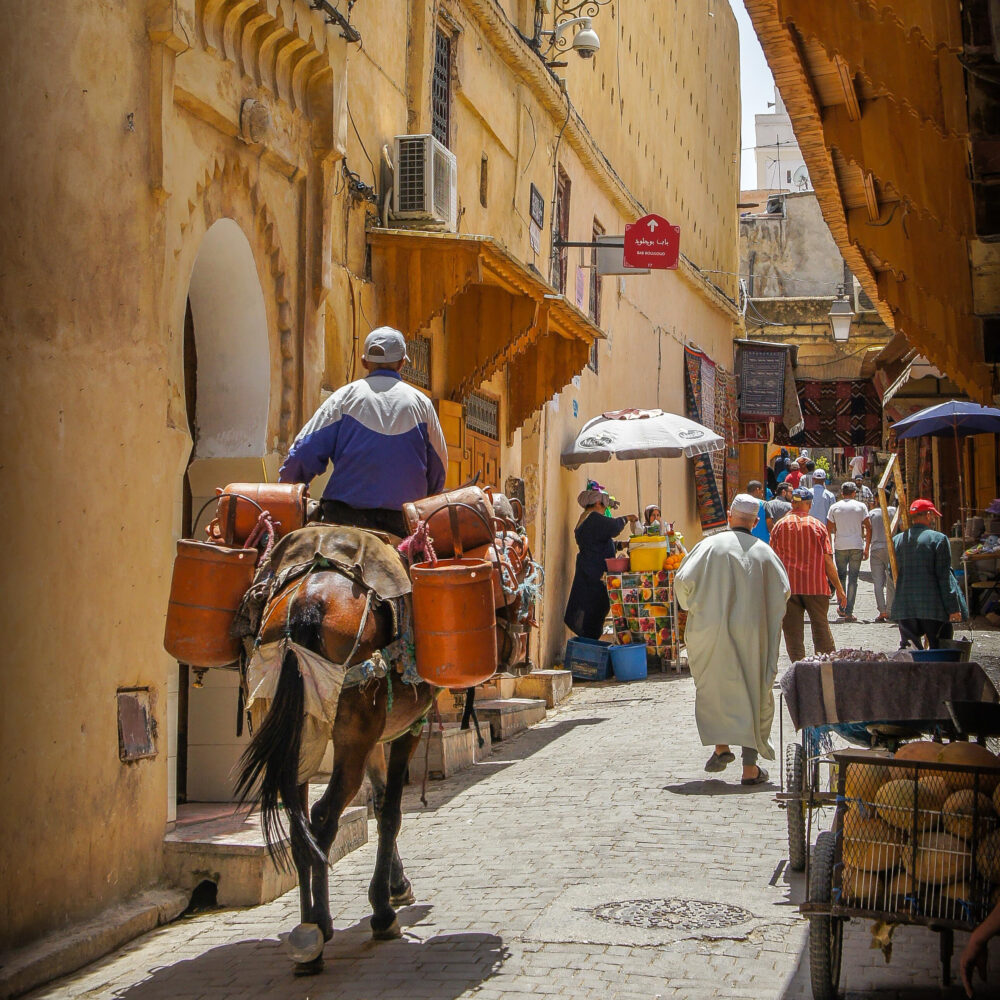As businesses and brands increasingly look to expand into the Middle East, they face many challenges with translation into Arabic.
Arabic is an old, poetic language, full of idioms and cultural references, hence adapting messages that will retain an appeal to audiences in the Middle East is the first challenge. Then there is the typography: Arabic is a cursive, script-based language, has no italics or upper and lower case, it reads in the opposite direction to English, and more often than not, it needs its own set of fonts to display correctly.
Read on to learn more about this Central Semitic language and discover the challenges it poses for marketing translation.
The Arabic language – or rather, languages
When speaking about Arabic, it is always tempting to consider it as one language. However, this definition is actually incorrect, for a number of reasons.
Firstly, when we are referring to the written language, it would be more appropriate to distinguish at least two ‘Arabics’:
- Classical (or Quranic) Arabic: this is the language in which the Quran was written;
- Modern Standard Arabic (or MSA): this is derived from the classical variant above, however its vocabulary is more varied, and modern.
On the other hand, when referring to the spoken language, we are faced with an even wider variety of ‘Arabics’. In a nutshell, these can be classified as follows:
- Spoken MSA: occasionally, MSA is used in spoken contexts (such as in lectures, news broadcasts or other social scenarios which require some degree of ‘formality’);
- Arabic dialects: these are the everyday ‘Arabics’ used by Arabic speakers. There are at least as many of these dialects as there are Arabic-speaking countries.
This definition, however, is a rather simplistic one, since there are spoken varieties even within the same country. Baffling, right?
Arabic and Marketing Translation
At this point you may well be wondering: “If there are so many varieties of Arabic, which one should I choose when, for example, I’m trying to launch and promote my product in the Middle East?”
This is a valid question. When translating a promotional message across different Arabic-speaking countries, we might think it necessary to adapt the copy linguistically to the specific market, or markets, taking into account the various spoken ‘Arabics’ alongside MSA.
This would result in a very expensive strategy, according to which each campaign should be translated into several varieties of Arabic. However, this approach is rarely used, and the language used in printed advertising will be, in almost all cases, MSA. There may be some exceptions, though, and even when translating into MSA the target region / market still needs to be taken into account, due to potential variations in vocabulary.
So what should you do? Here at Creative we will find the answer for you, by adopting the most suitable linguistic approach to make sure your product becomes a hit wherever you want it to.
The Visual Aspect
And we won’t neglect the looks, either! When creating a campaign to promote a new product, not only is it necessary to say the right thing, but also to make sure the campaign looks the same across all languages.
When dealing with languages which use Latin script, the issue is clearly an easy one to solve: we can simply use the same font, and voilà! But what about conveying the same look and feel when we are writing in Arabic? The same typeface used for languages with the Latin script may not necessarily support Arabic.
Don’t fret: our team of typesetters has it covered! We will find the perfect match for your campaign, and will make sure your message looks and feels just the same as the original copy.
Translation into Arabic, as we have seen, can be a complex issue, since the Arabic language is in itself complex. Add to this the cultural differences one might be faced with when marketing a product in Arabic-speaking countries (including disparities in cultural beliefs, social norms, values, law and customs), and it’s clear that the best approach for Arabic localisation is not always obvious. Professional translation services are required!
If you are thinking of promoting your product or brand in an Arabic-speaking country, and are unsure of the best approach for your campaign, give us a call today on +44 (0)207294 7710 or email us at info@creativetranslation.com and we’ll be happy to help.




